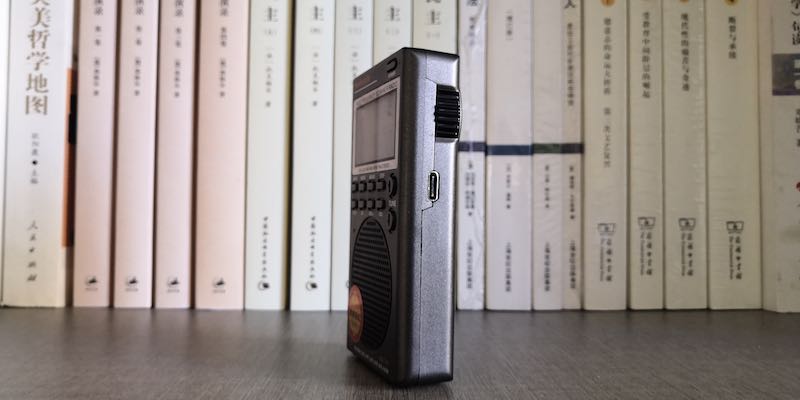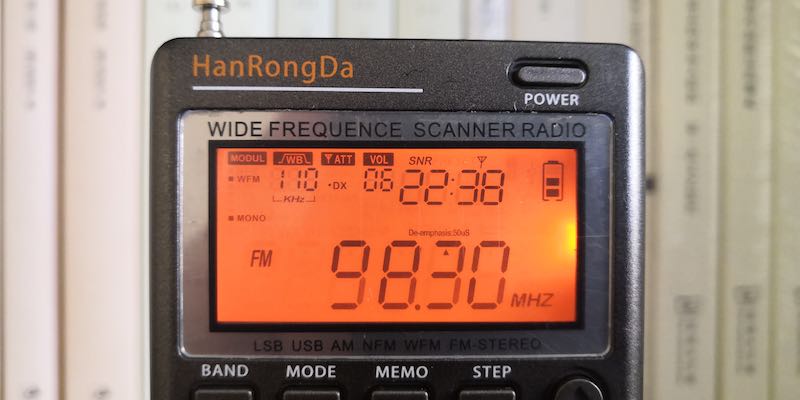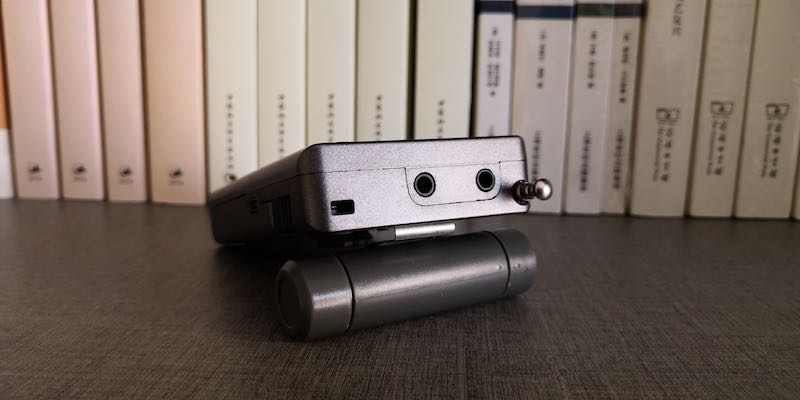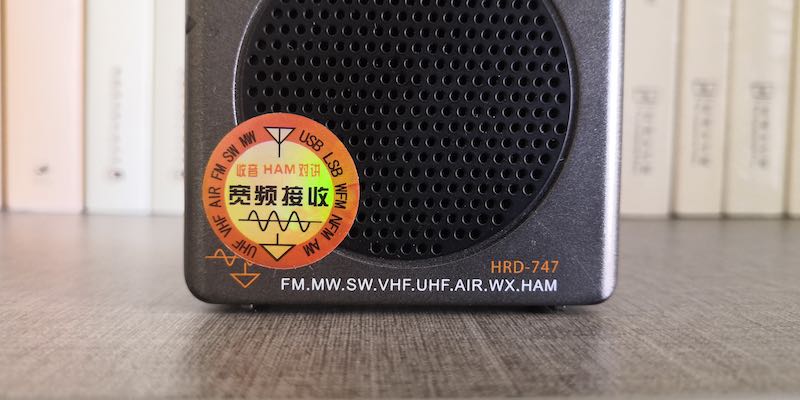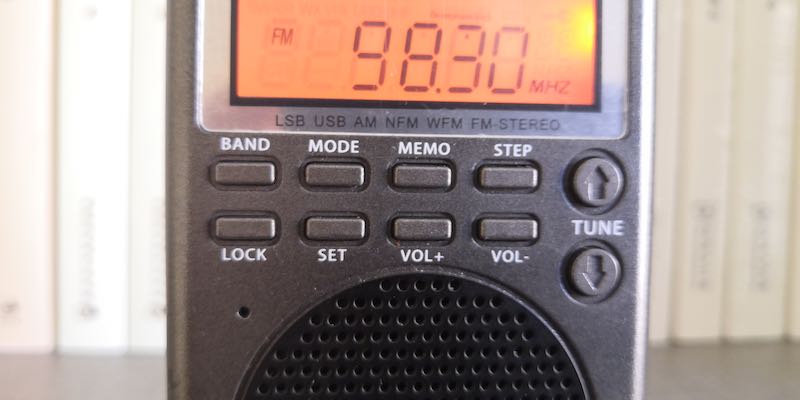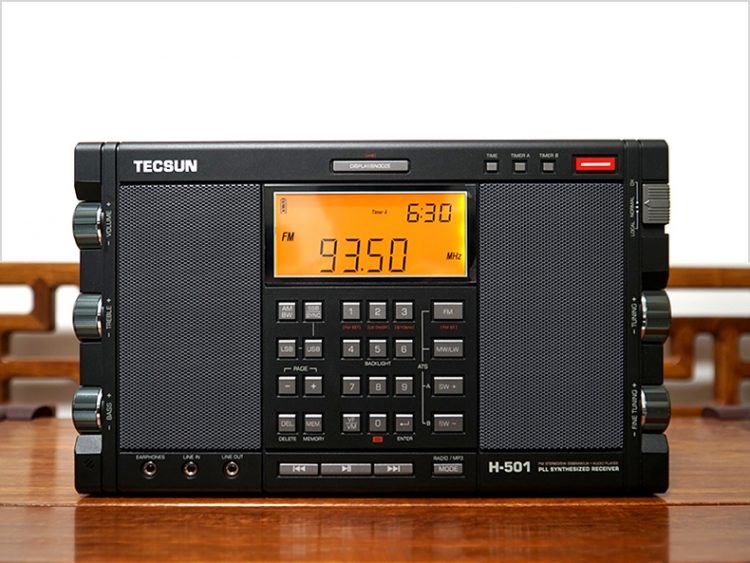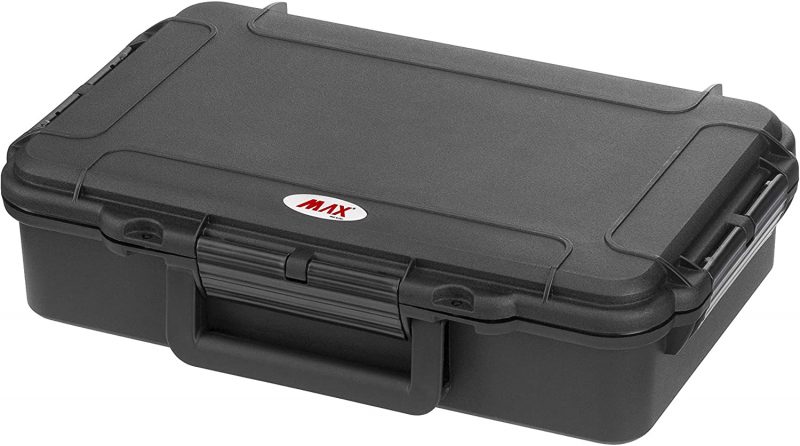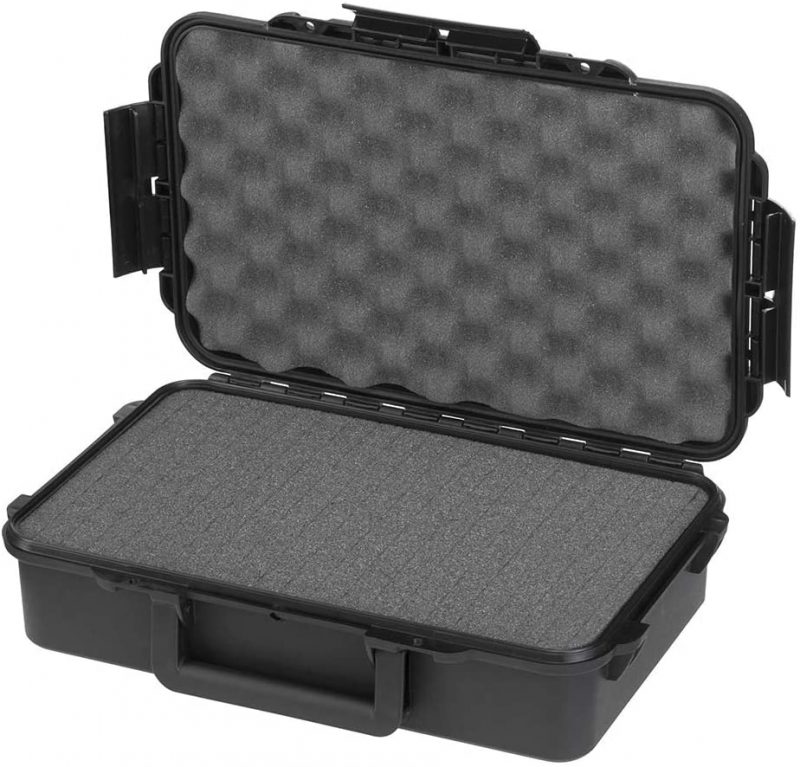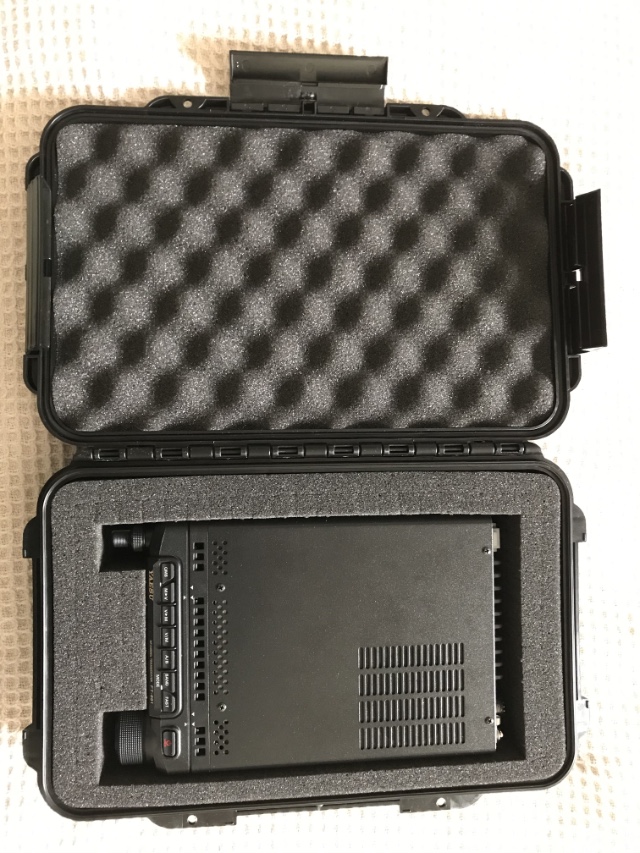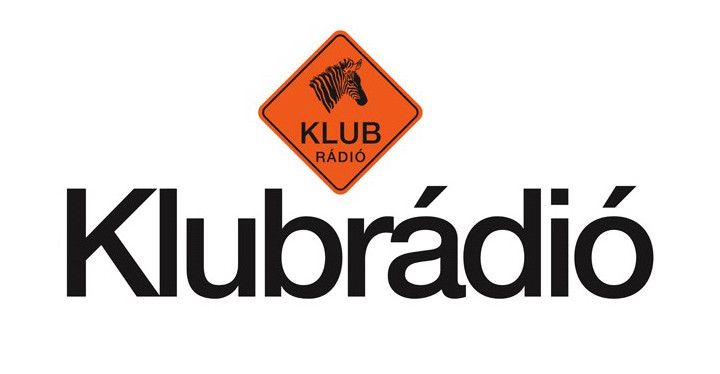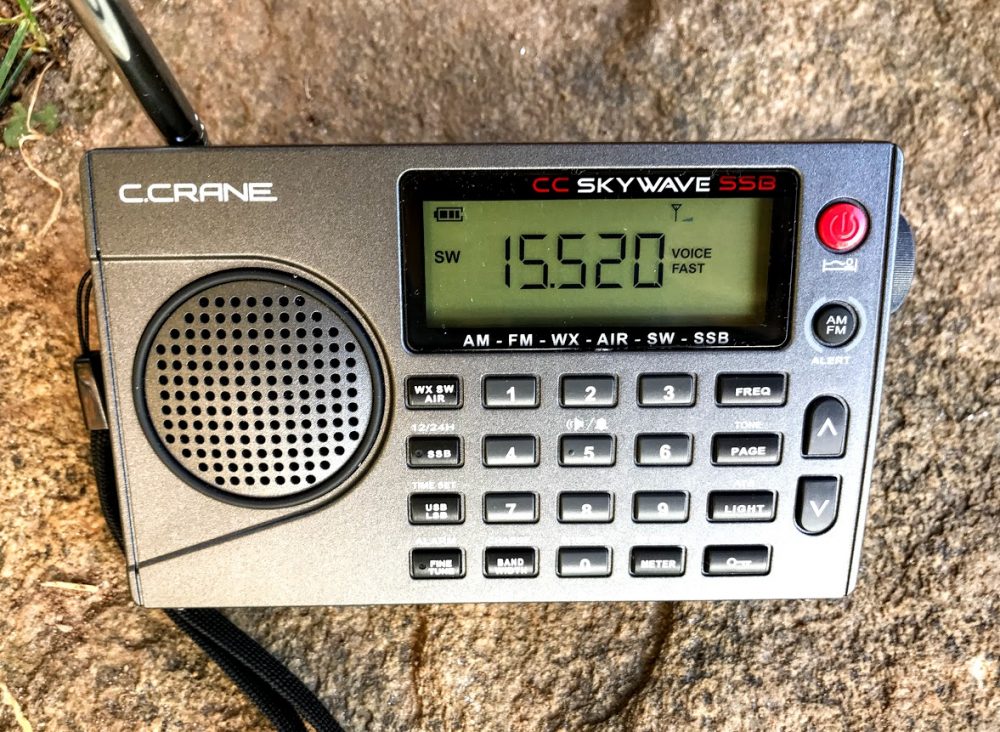
Many thanks to SWLing Post contributor, Frank Howell (K4FMH), who shares the following post published on AmateurRadio.com:
Many of us hams, SWLs, and makers buy inexpensive electronics from China. It’s become a bonanza for small, cheap and surprisingly good radio-related gadgets and parts on eBay and other vendors. I buy a fair amount, most recently a recommended project box for a set of HF bandpass filters I purchased from a small company in Australia. It finally arrived and is superb for a very cheap price!
But there’s a dark side. I love a bargain more than most. But when it’s an illegitimate clone of another genuine manufacturer’s product, that’s no fair. Yep, there’s ways to legitimately copy another design with various hardware licenses and beaucoup software licenses (if that’s relevant to the product). One of the ongoing issues in the Pacific Rim to the rest of the world has been the taking of the intellectual property from others, making a cheaper product offered for sale, and using the trade naming and hardware/software designs of the originating manufacturer. In short, stealing for profit.
So be careful. The fake copies may not work with the latest SDRplay software including SDRuno. There will be no technical support even if you get some limited functionality using out of date software.
Jon Hudson SDRPlay.com
For those in or interested in the SDR receivers available, there are a number of prominent names. I’ve had an Italian Perseus SDR for over a decade. Paid the asking price (a lot by today’s standards). It’s a terrific product although aging in the technology of the design. The SDRPlay company in England has risen to the top in terms of performance, continued innovation and the software they purchased for a free download to their legitimate customers. SDRUno is a terrific software package which they continue to update. They have an API so other software makers (like Simon Brown with SDR Console) can drive the SDR car, too. Their price points are very good and appropriate for the various receiver models they have on the market. A third-party individual has written code for a continually updated package that implements a Spectrum Analyser for most of the SDRPlay receivers. I’ve used an old (no longer in production) RSP1 with it and it’s very cool! And don’t get me started on their tech support and education. Mike Ladd KD2KOG is the Dude on social media for SDRPlay and related products. Mike creates new markets for SDRPlay products by educating hams and listeners on creative new ways to use them.
Individual preferences for one SDR product or another aside, SDRPlay is a legitimate company that plays more than fair in the marketplace. They do a lot to support the various elements of the radio hobby that we all enjoy. We should return that favor so that they can continue without the eroding effects of illegal clones undercutting their market, n’est-ce pas?
Continue reading Frank’s article at AmateurRadio.com where he describes how to report a clone to eBay…
Thank you for sharing this, Frank.
I’m with you. While I love saving money, I also enjoy supporting companies who innovate and invest in our radio world. SDRplay is a top-shelf company and, along with Airspy, have made high-performance SDRs affordable for everyone. When you buy from SDRplay and Airspy or one of their authorized distributors, you’re investing in the company and their ability to fund research and development. When you buy a clone, you’re lining the pockets of a manufacturer who copies from industry leaders and has no interest in innovating or even supporting radio enthusiasts over the long haul. It’s merely a profit opportunity for them built on the hard work of others.
Plus, SDRplay and Airspy SDRs are so affordable, how much are you really saving by buying a clone? $25-50? That savings will disappear when SDRuno and SDR# develop new app tools that leave a clone behind.
I know of a number of readers who have purchased SDRs without realizing they were buying clones. Don’t be too frustrated–it happens because the market is so saturated with clones. Next time you purchase, however, go straight to the source!
I have no respect for clones and that’s why I don’t actively link to clone products like the Malahit/Malachite variants or MSI.SDR. Believe it or not, some of these are actually clones of clones!
Consider purchasing from companies and retailers who invest and innovate in our radio space. Skip the clones.
Click here to purchase from SDRplay.
Click here to purchase from Airspy authorized distributors.
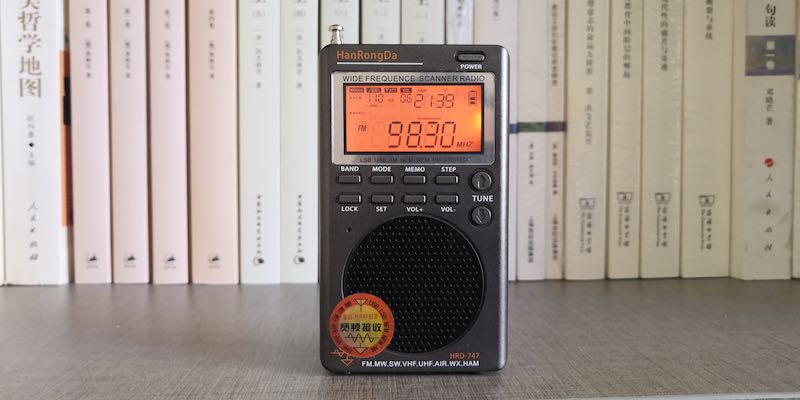 Many thanks to SWLing Post contributor, Mei Tao, who shares the following:
Many thanks to SWLing Post contributor, Mei Tao, who shares the following:
